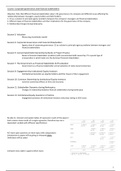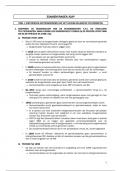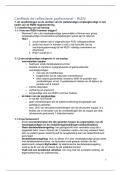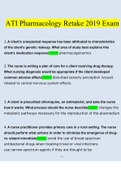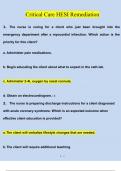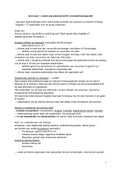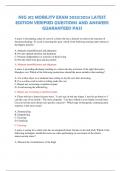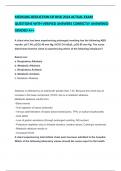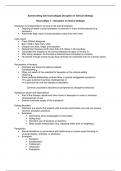Samenvatting
Corporate Governance and Financial Stakeholders Complete course summary (-EBC4052)
- Instelling
- Maastricht University (UM)
A complete summary of all the research articles and guest lecture to pass the course. I created and used it for the final exam and got an 8.5/10. Included are definitions for underlined keyword and the most important regression tables to understand the research results. The course is about the ro...
[Meer zien]
